In 2023, despite the difficulties of the domestic and foreign economies, the Vietnamese industrial real estate market is still growing quite strongly. In the coming time, although pointing out many challenges that the Vietnamese industrial real estate market is facing, most experts highly appreciate the prospects of this market in the medium and long term.
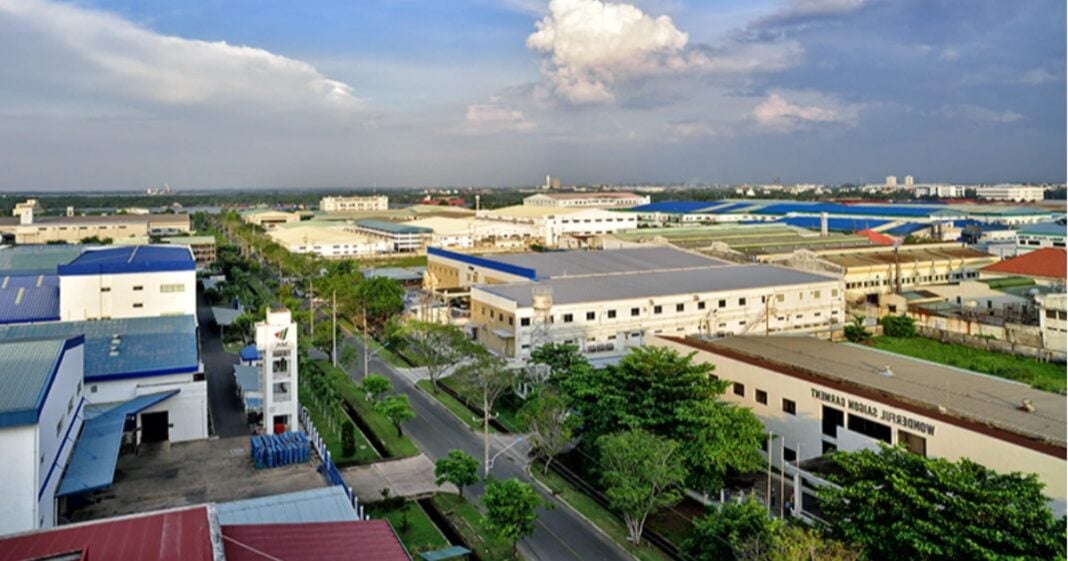
Vietnam's industrial real estate market is still growing quite strongly. Illustration photo: VNA
Occupancy rate is good.
In the report “Vietnam Industrial Real Estate Spotlight: Steady Growth” published on November 3, Savills Vietnam stated: “After a volatile first half of the year, Vietnam has shown steady growth thanks to key market drivers. Among them, a young and dynamic workforce, competitive labor costs, an export-oriented economy, a stable business environment, geographical location, and Vietnam’s active participation in free trade agreements (FTAs) are key factors.”
According to Savills Vietnam, in 2023, 397 industrial parks will be established with a total land area of 122,900 hectares, of which 292 industrial parks are in operation with a total land area of over 87,100 hectares. In addition, 106 other industrial parks are under construction with a total land area of 35,700 hectares. Industrial parks nationwide have a high occupancy rate of over 80%, of which the key northern provinces reach 83% and the key southern provinces reach 91%.
The Northern Key Economic Zone recorded 68 industrial park projects with a leased land area of 12,000 hectares. Land rental prices increased by 30% year-on-year, reaching an average of 138 USD/m2/lease term. Tenants in this area mainly operate in the fields of electronics and computers, automobile assembly and manufacturing, machinery and equipment, and solar energy-related components. Some prominent enterprises operating in the North include Samsung, LG Electronics, Canon, Hyundai, Honda, and Vinfast.
The Southern Key Economic Zone recorded 122 industrial park projects with a leased land area of 24,883 hectares. Land rental prices increased by 15% year-on-year, reaching an average of USD 174/m2/lease term. Tenants mainly operate in the fields of food and beverage processing, construction materials, textiles, and rubber and plastic products. Some notable tenants include LEGO, Suntory PepsiCo, Intel, Unilever, Coca-Cola and Kumho Tires.
Sharing the same view, in its latest report, Knight Frank Vietnam Company said that the occupancy rate of industrial parks is currently very positive, in the suburban area of Hanoi is 78% and in Ho Chi Minh City is 92%. Industrial park land rental prices in the two largest cities in the country also increased sharply in the period of 2022-2023, specifically increasing by 14% in the suburban area of Hanoi and 58% in the suburban area of Ho Chi Minh City.
According to Knight Frank Vietnam, the ready-built factory and warehouse (RBF and RBW) market has been attracting strong foreign investment since 2018 and the number of investors has increased fivefold to date. The challenges arising from this boom, especially in the suburban areas of Ho Chi Minh City, where the supply of ready-built warehouses has reached 2.1 million square meters, have contributed to creating a market that favors tenants, with average rental prices of about 4.5 USD/m2/month in the South and 4.7 USD/m2/month in the North.
“This trend was anticipated and does not pose a threat to the industrial real estate market. This will help maintain competitive rents in the near future, while the market matures and expands to compete with other countries in the region, especially Thailand, where ready-built warehouse supply is expected to grow at a compound annual growth rate (CAGR) of 6.6% from 2021 to 2024, compared to 15% in Vietnam,” said Alex Crane, Managing Director of Knight Frank Vietnam.
Meanwhile, according to real estate services firm CBRE Vietnam, ready-built factories and ready-built warehouses saw an increased absorption rate in the third quarter of 2023 thanks to demand from US, European and Japanese companies. In the first nine months of 2023, the Southern market recorded 450,000 square meters of new factories and warehouses. With abundant new supply, rental prices for both types of buildings are relatively stable in tier-1 provinces and cities (Ho Chi Minh City, Binh Duong, Dong Nai, Long An) in the South; the average warehouse rental price is 4.5 USD/m2/month and the factory rental price is 4.9 USD/m2/month.
Along with that, the occupancy rate of ready-built warehouses (excluding service warehouses) was 56%, continuing the downward trend due to the addition of new supply. Meanwhile, the occupancy rate of ready-built factories remained at a good level, reaching 91%. Tenants from China, Vietnam, Japan, the US and the European Union are active investors looking for industrial land, warehouses and factories in the Vietnamese market, accounting for about 70-80% of CBRE's searches.
“With Vietnam continuing to strengthen cooperation with comprehensive strategic partners such as the US, South Korea and China in recent times, tenants from these countries are expected to continue to lead the demand for Vietnam’s industrial real estate market in the future,” said a representative of CBRE Vietnam.
Long term outlook
According to Savills Vietnam, the increase in the manufacturing and industrial production PMI shows the promise of Vietnam’s industrial real estate market. In addition, consulting firms such as Savills have also recorded an increasing number of inquiries and site surveys from multinational manufacturing, logistics and e-commerce enterprises, reflecting the growing demand for industrial products.
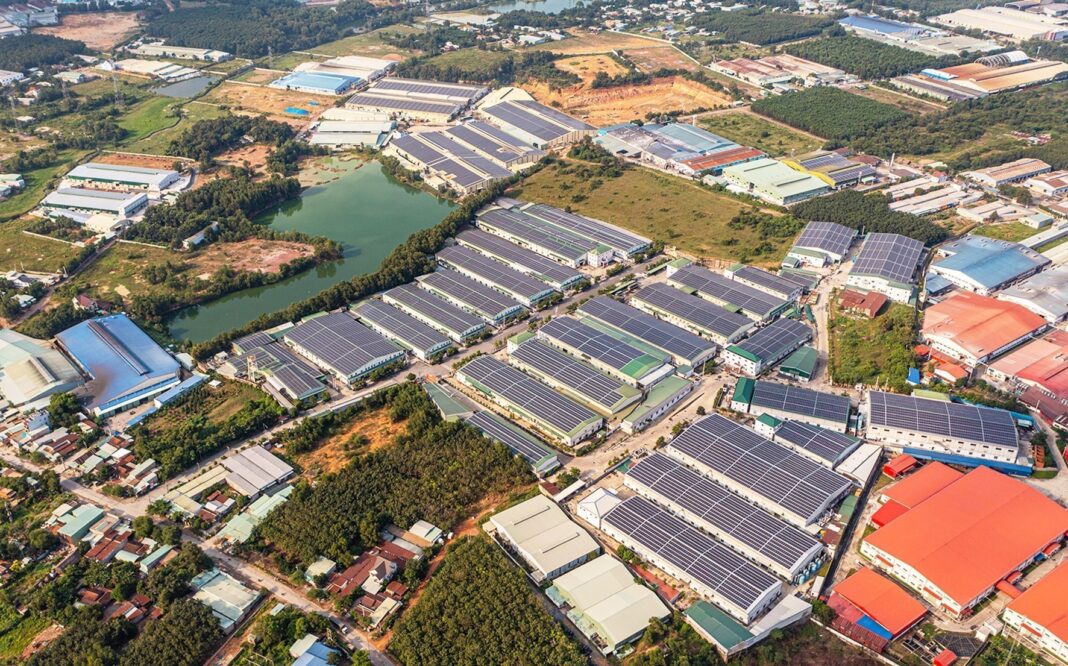
Industrial park in Bac Tan Uyen district (Binh Duong). Photo: Hong Dat - VNA
However, Mr. John Campbell, Deputy Director, Head of Industrial Services, Savills Vietnam, also pointed out some challenges for Vietnam's industrial real estate market in the coming time.
Specifically, according to Mr. Campbell, the quality of ensuring smooth operation of all transport infrastructure in Vietnam is still lower than that of other countries in the region. Although transport infrastructure is expanding rapidly, the development has not yet met the pace of economic and social growth. Rapid growth in urban population and freight transport is the main driver of infrastructure demand, while the capacity of ports and seaports has not yet reached its full potential.
On the other hand, Mr. Campbell said that as Vietnam's focus shifts to attracting high-value-added industries and increasing productivity to match that of its regional peers, the demand for skilled labor will increase. Although labor costs in Vietnam are only one-third of those in China, productivity is also lower at the same level.
In addition, strict new fire regulations coming into effect at the end of 2022 have created obstacles for industrial developers, manufacturers and logistics companies. Major foreign investors are having difficulty obtaining the appropriate certificates and some projects have been delayed because of this issue.
To address the existing challenges, Mr. Campbell said that the Vietnamese Government needs to continue investing in infrastructure and upgrading the skills of the Vietnamese workforce to increase productivity and efficiency. In addition, promoting supporting industries, strengthening the supply chain, simplifying investment and land use procedures, and applying digitalization are all key areas for Vietnam's industry.
For his part, pointing out some divergent trends in the industrial real estate sector, Mr. Alex Crane, Managing Director of Knight Frank Vietnam, said that the capitalization rate of operating assets is under deflationary pressure due to high finance costs, shorter land tenures and competition from other markets with significantly cheaper rental rates in the Asian region. Capitalization rates in Vietnam are currently increasing from 9 - 12% due to the additional supply of high-quality ready-built factories and warehouses (RBF and RBW) across the country.
Looking ahead to 2024 in the industrial real estate sector, Mr. Alex Crane noted that global minimum tariffs and high logistics costs will be obstacles in attracting manufacturers to invest in Vietnam. Although Vietnam has signed many bilateral and multilateral free trade agreements, rising labor and construction costs also partly affect the country's cost advantage.
According to Knight Frank Vietnam, this can be clearly seen through land prices. For example, industrial land rental prices in the suburbs of Bangkok (Thailand) are currently at 82-164 USD/m2/lease term, much lower than in the suburbs of Hanoi (80-250 USD/m2/lease term) and the suburbs of Ho Chi Minh City (95-280 USD/m2/lease term). Mr. Alex Crane emphasized that industrial and processing real estate are still key markets in Vietnam, but will face many challenges in attracting investment and filling up ready-built space in 2024.
However, the representative of Knight Frank Vietnam expressed optimism about the long-term development prospects when the International Monetary Fund (IMF) and HSBC Bank both forecast that Vietnam will achieve a GDP growth rate of about 4.7% to 5% in 2023. According to Mr. Alex Crane, Vietnam's commitment to spending and investing in infrastructure is among the strongest in the region and the data center market is also ready for transformation, depending on the relaxation of legal barriers and focus on infrastructure./.
Thanh Hai



![[Photo] Thousands of Buddhists wait to worship Buddha's relics in Binh Chanh district](https://vstatic.vietnam.vn/vietnam/resource/IMAGE/2025/5/3/e25a3fc76a6b41a5ac5ddb93627f4a7a)

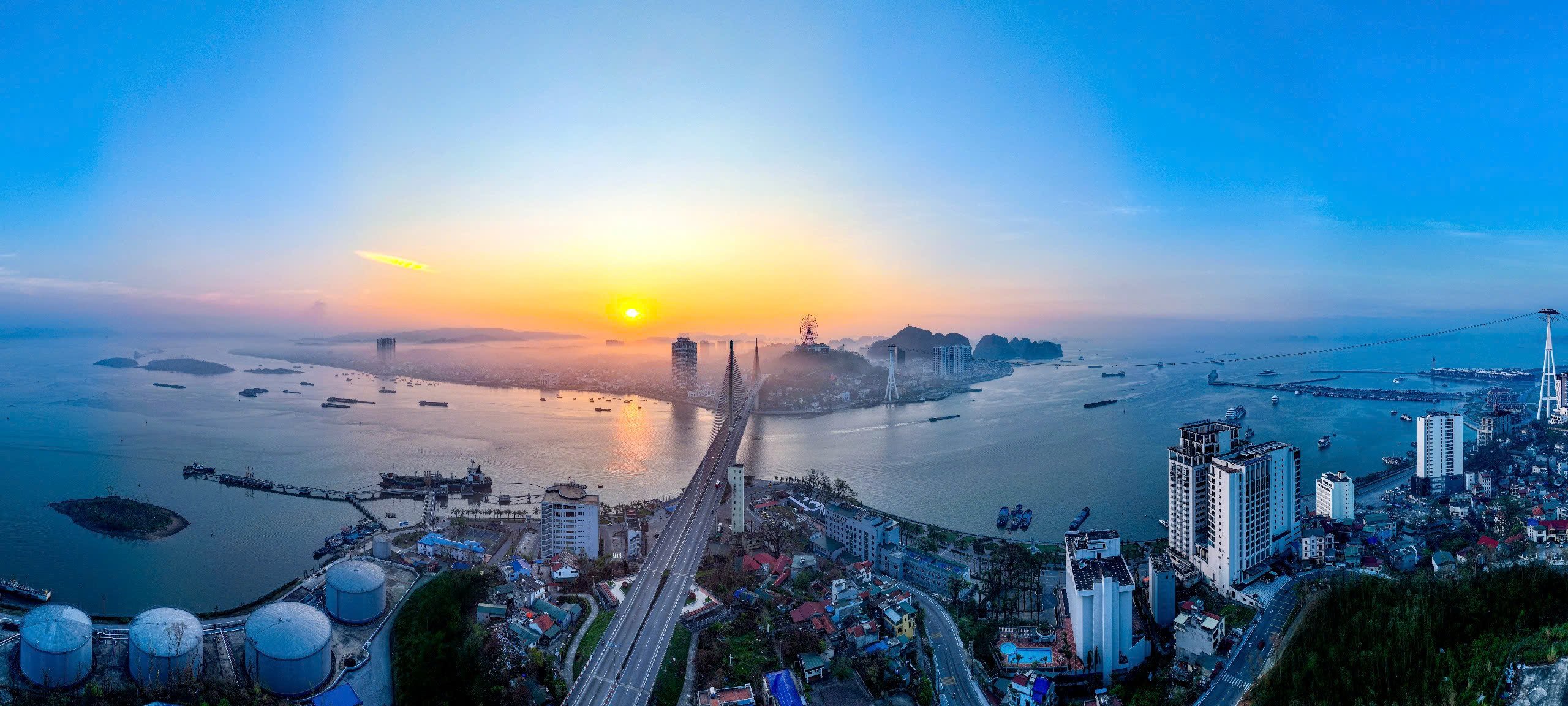





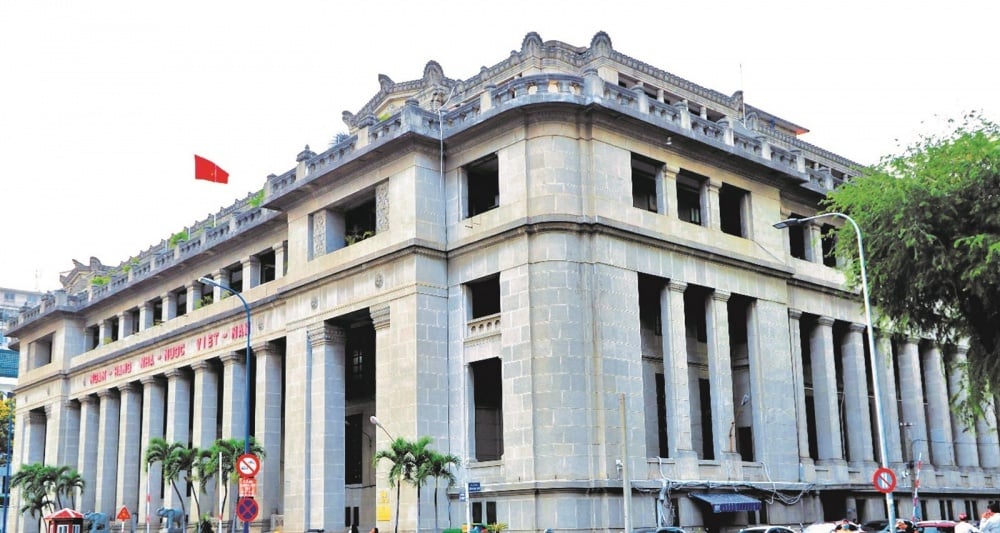
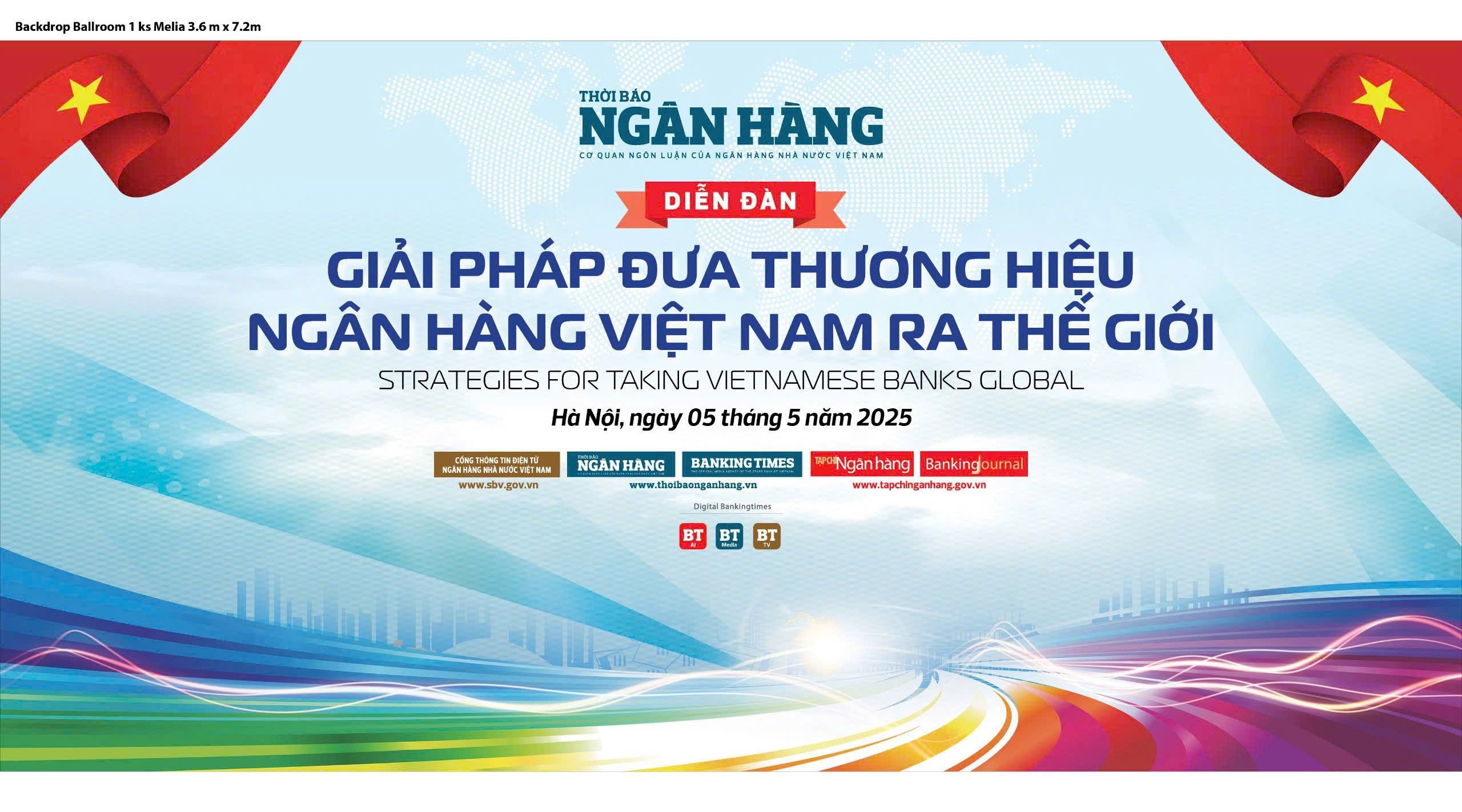

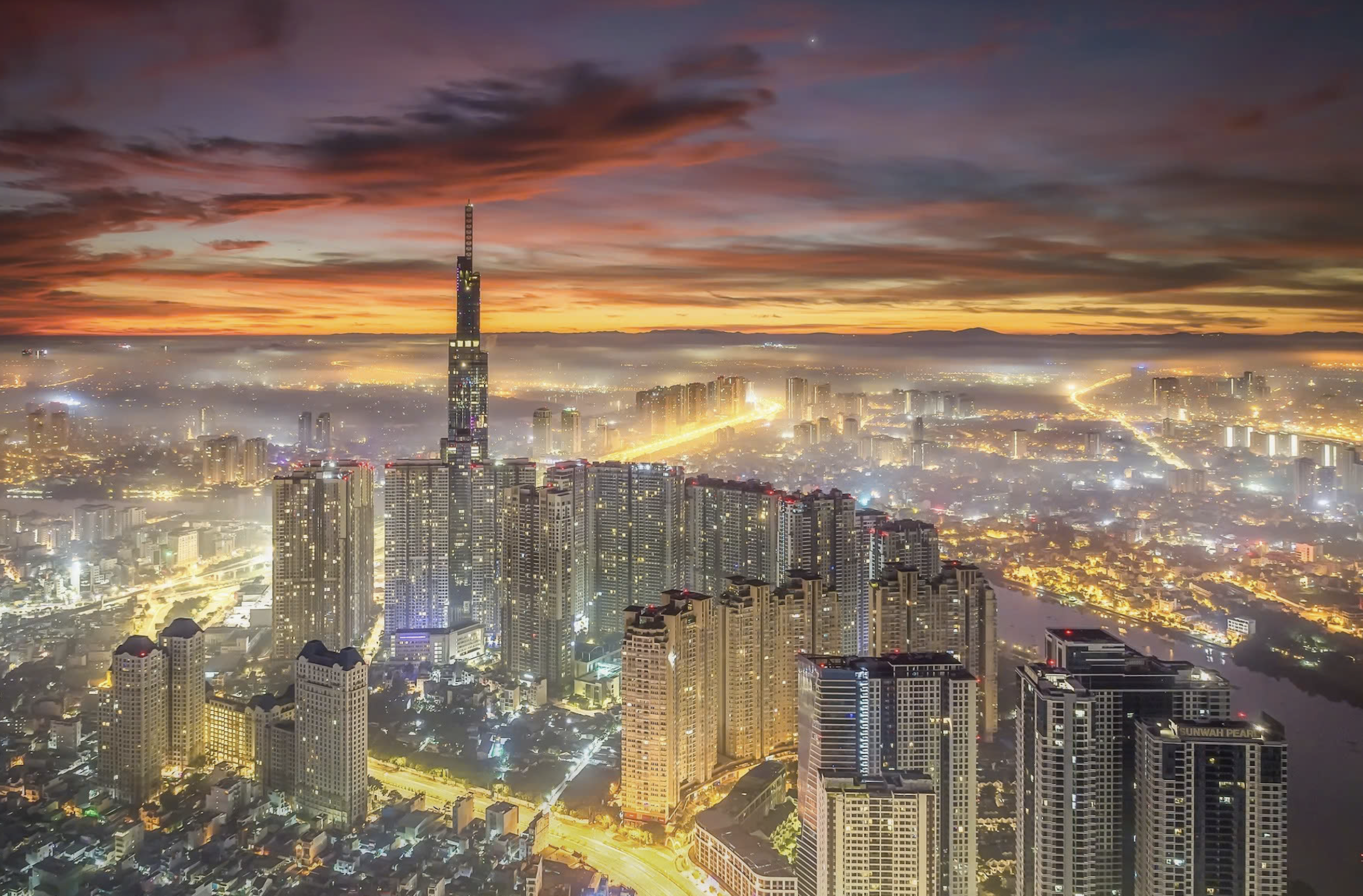

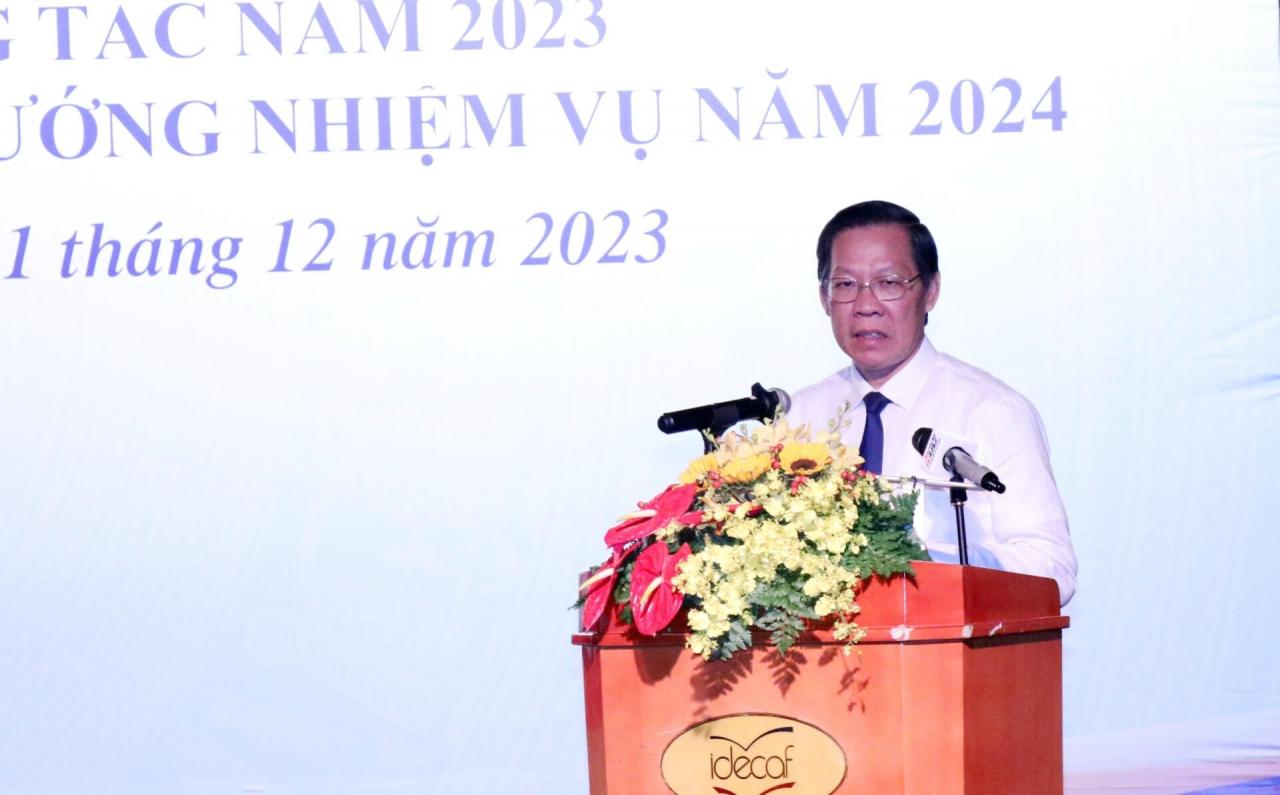
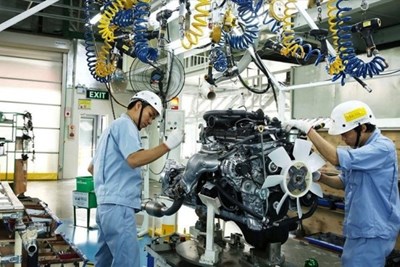

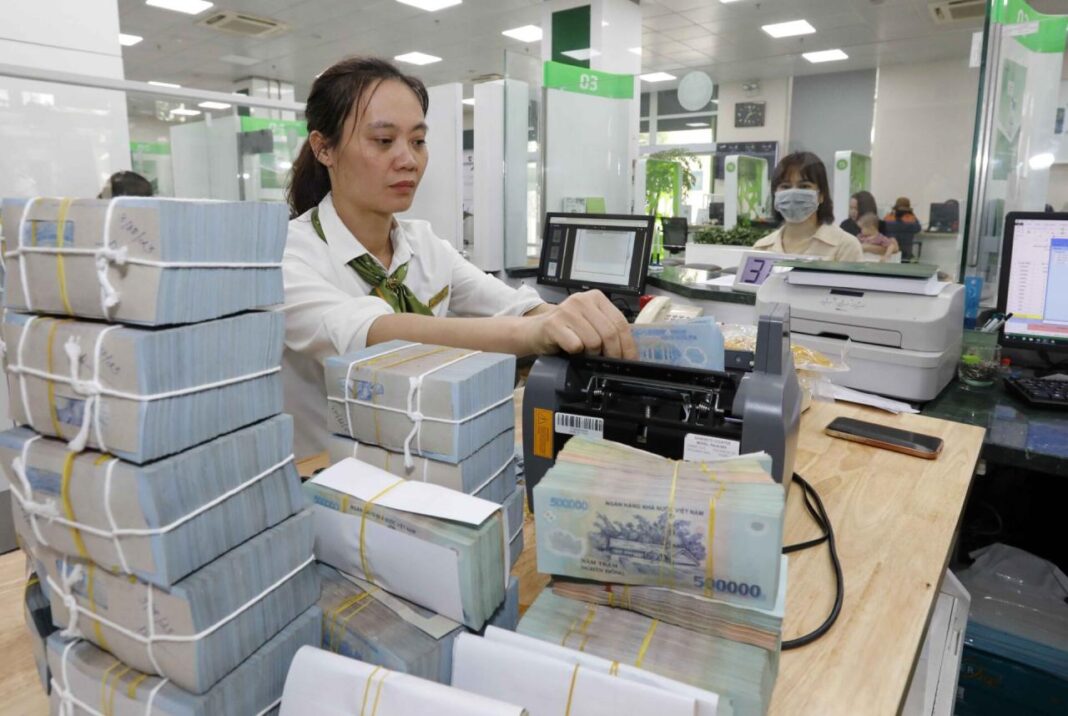

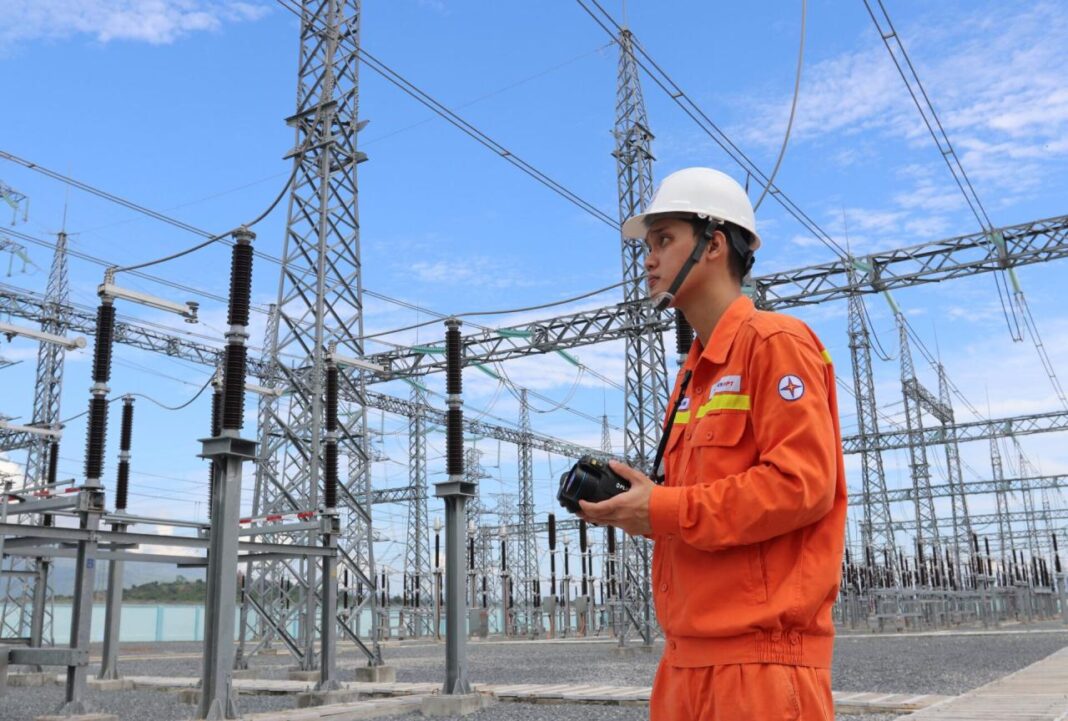





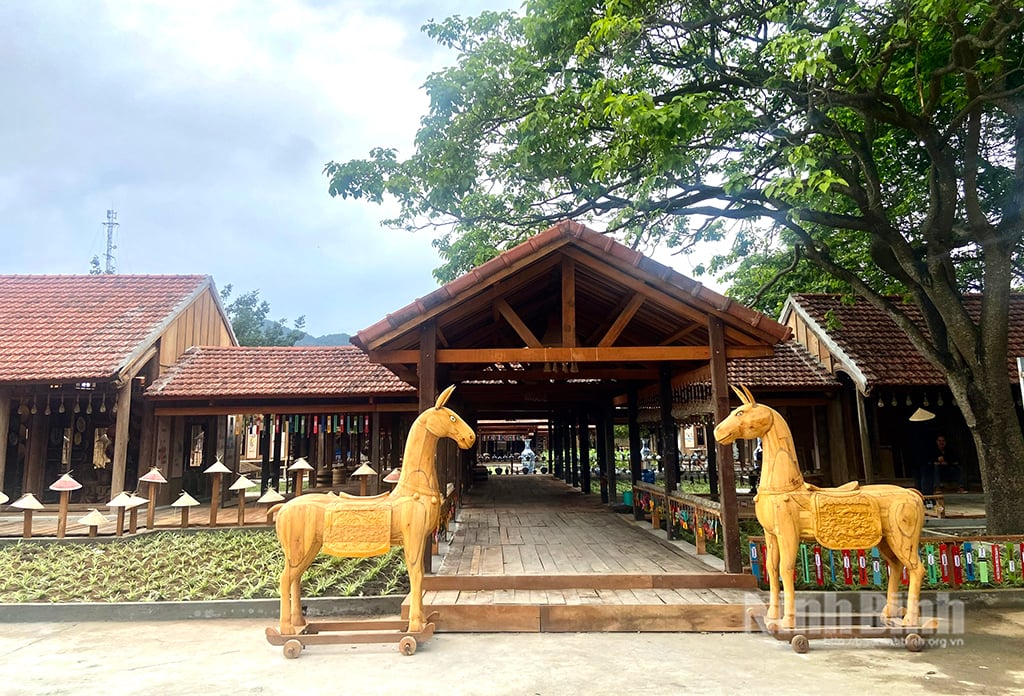




























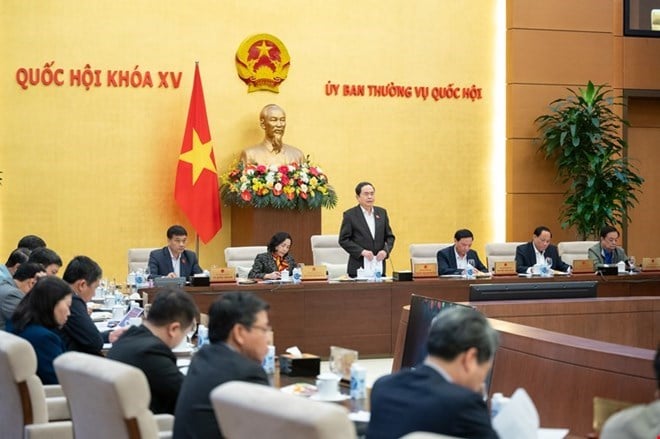
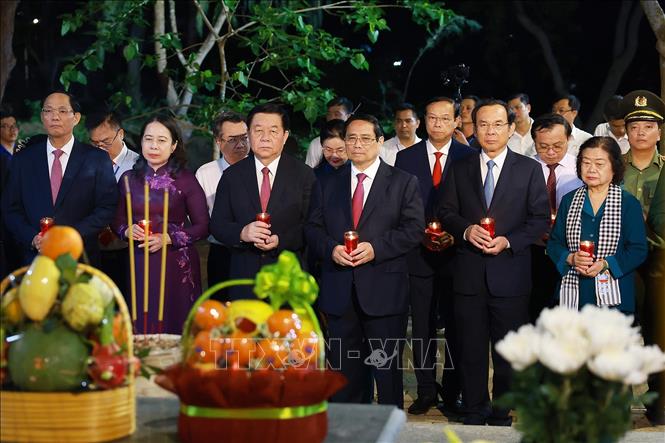








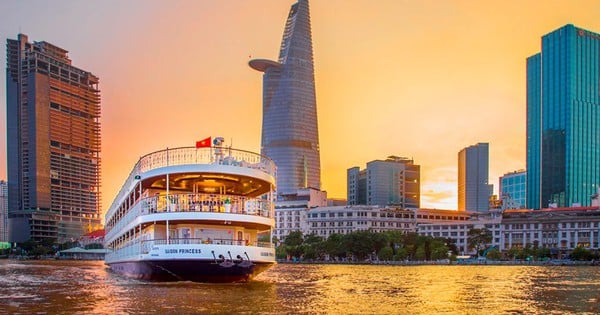
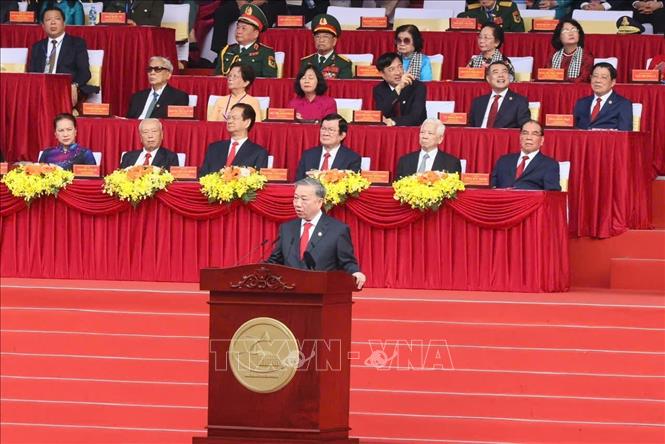









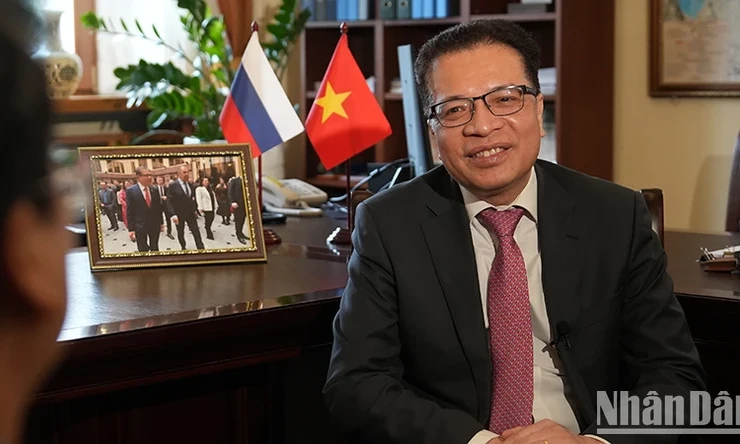











Comment (0)